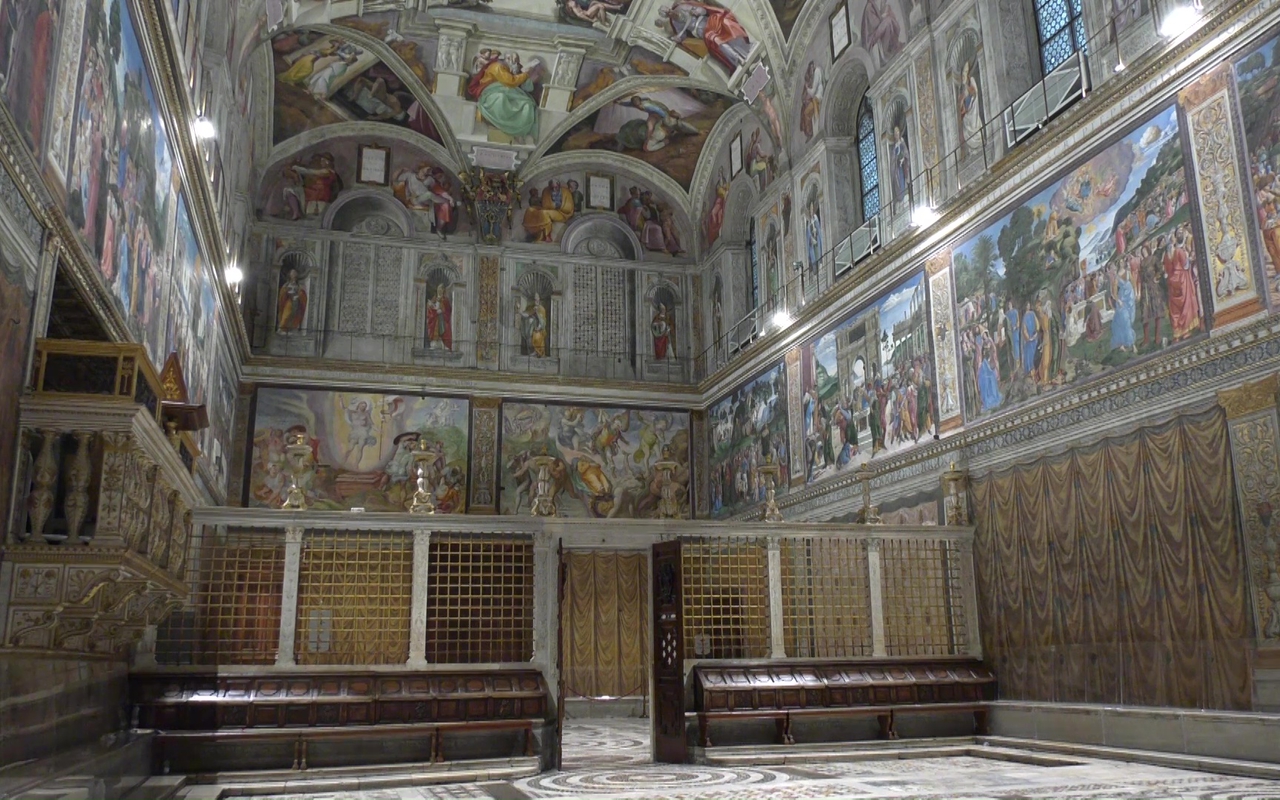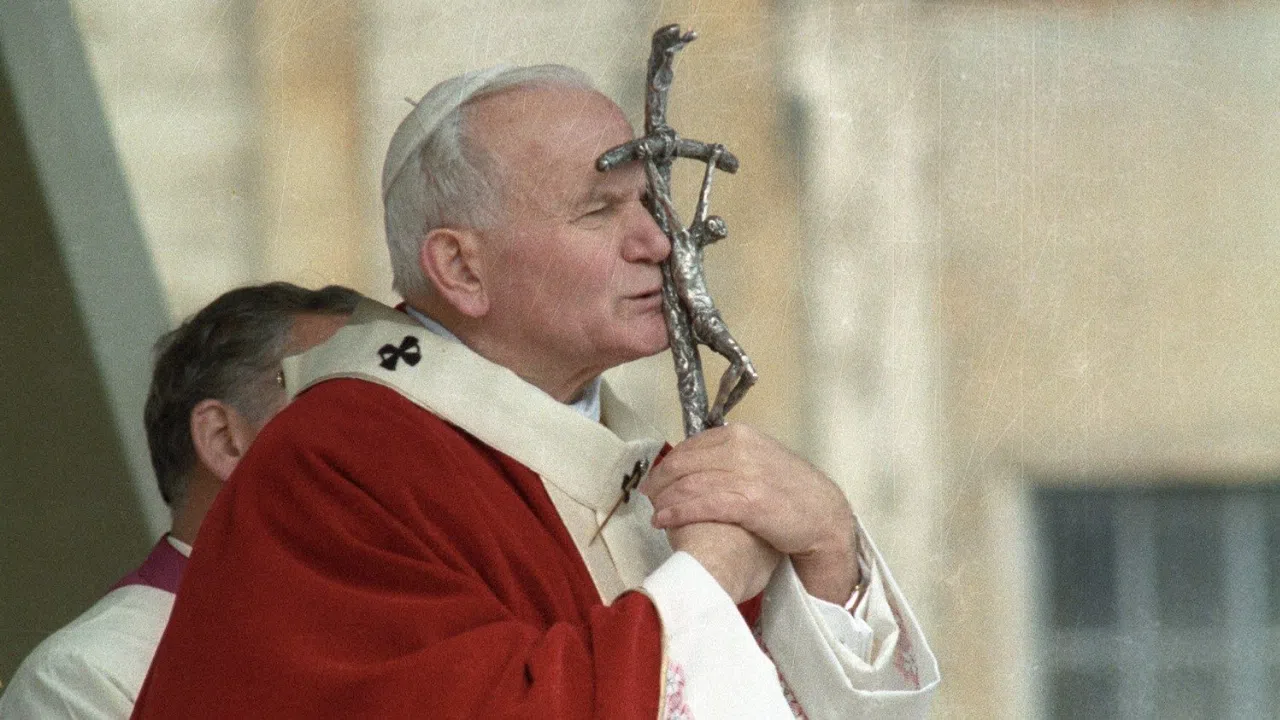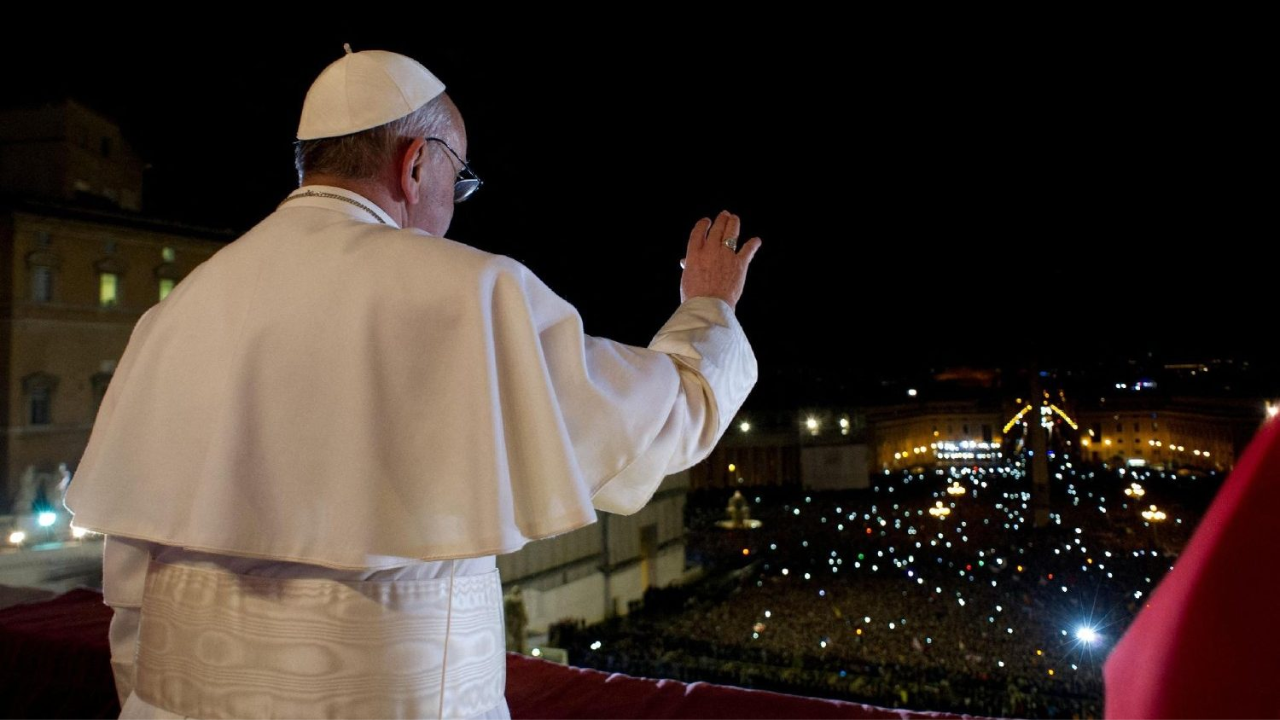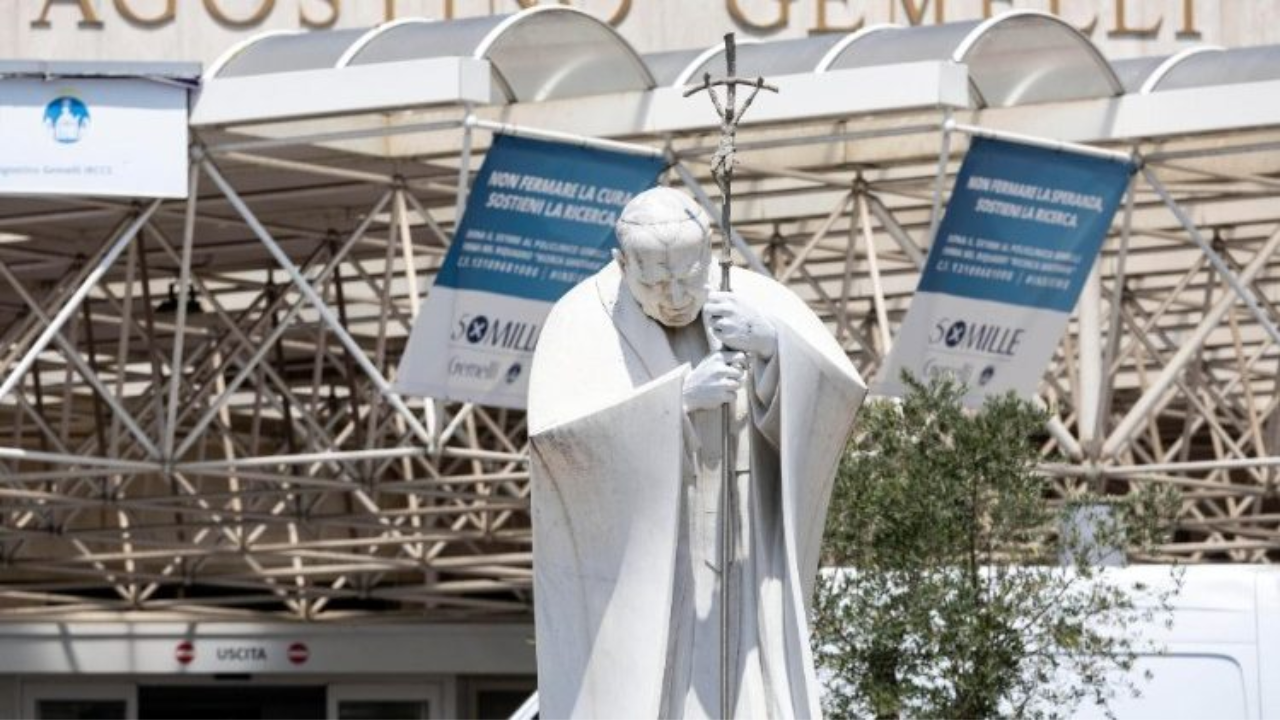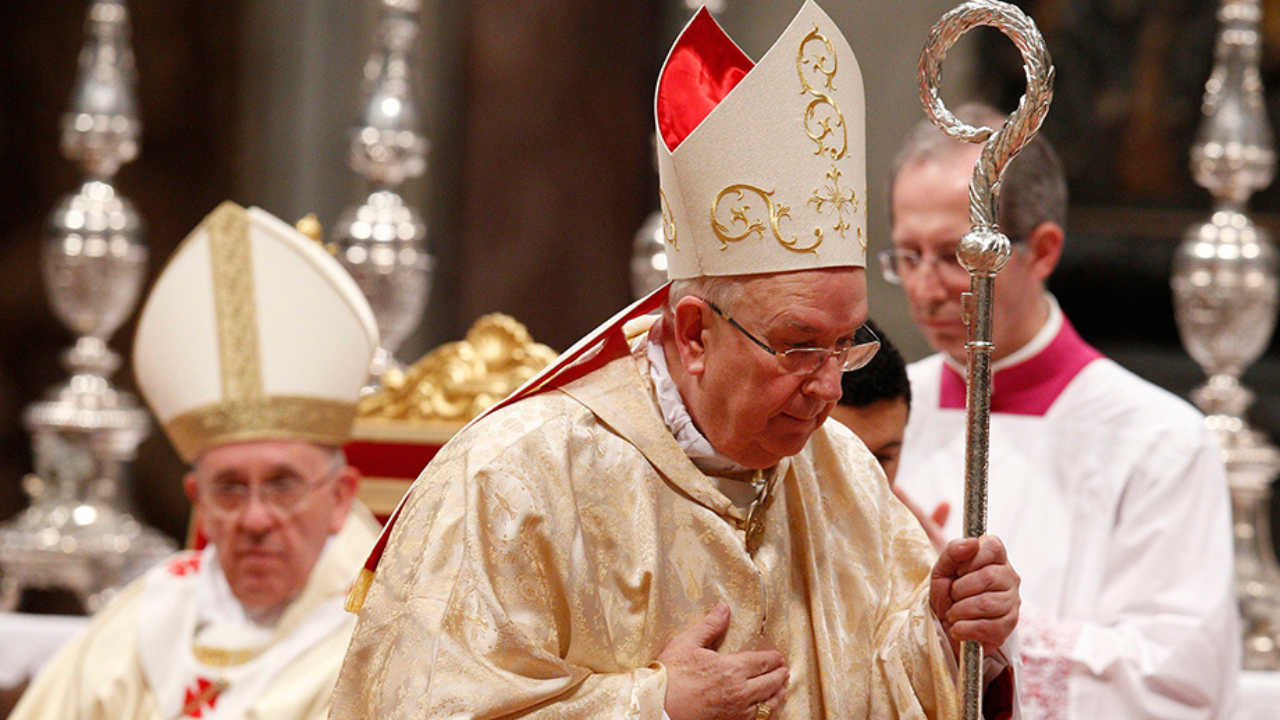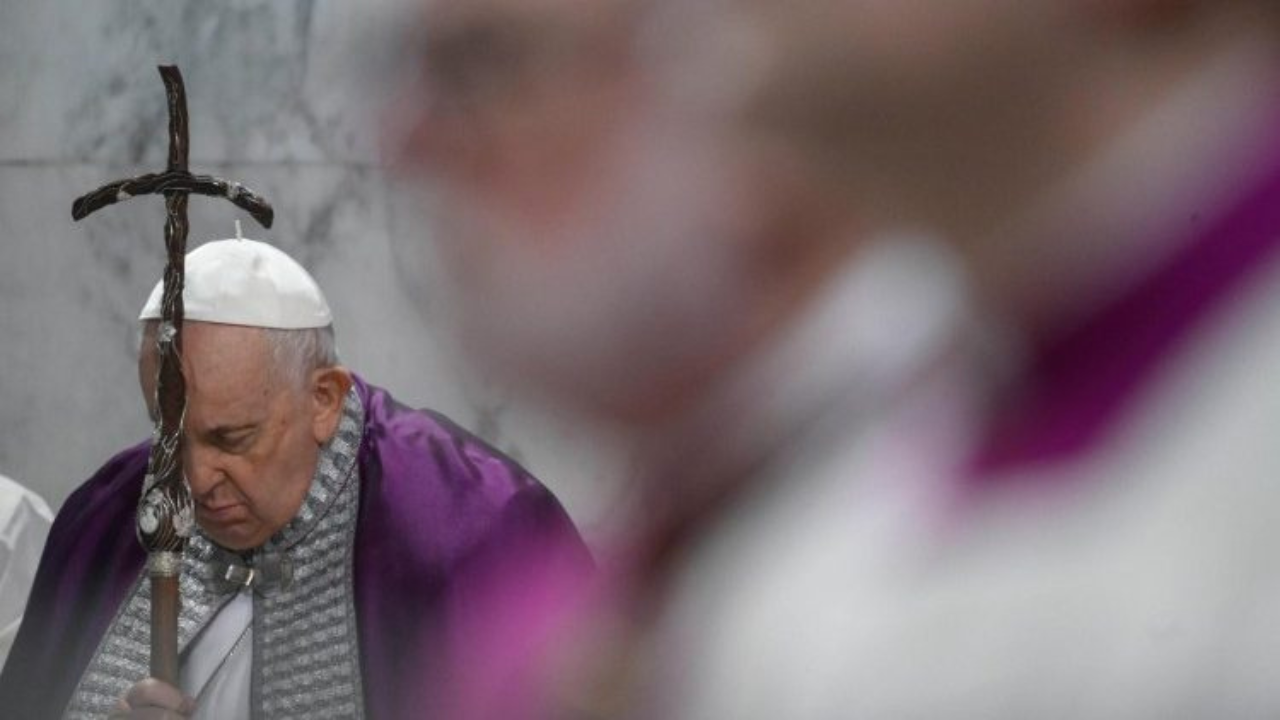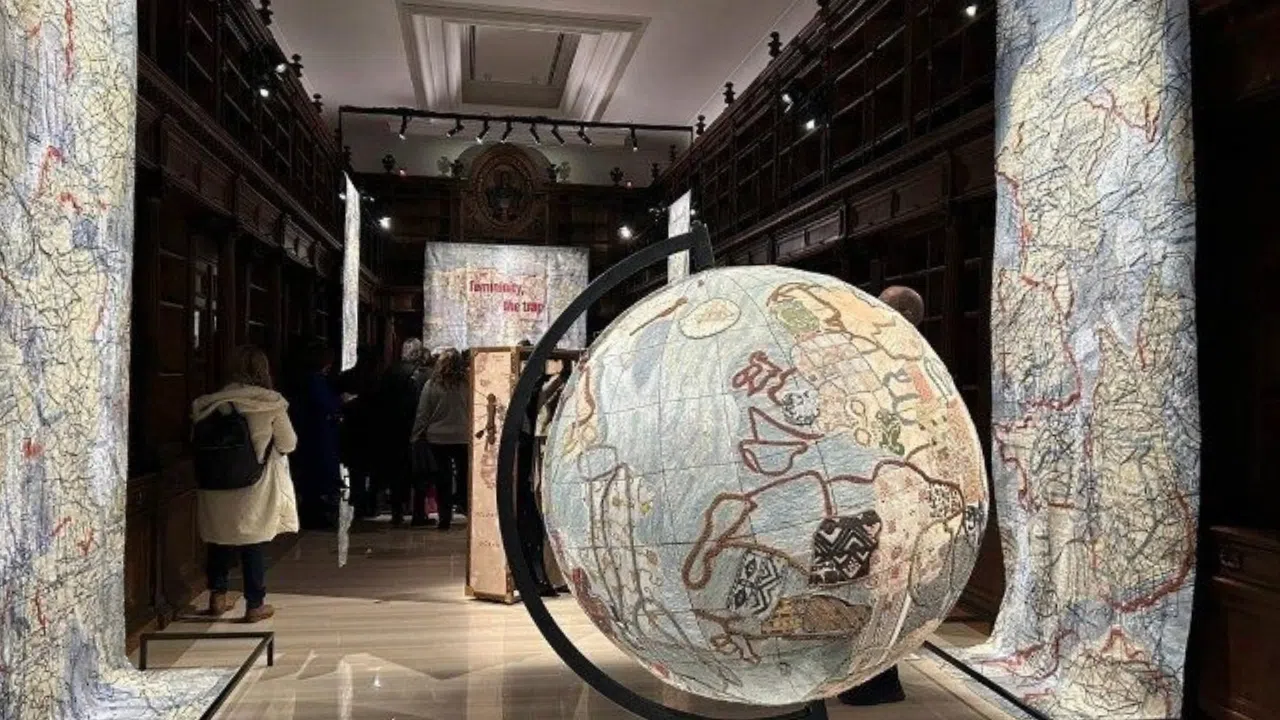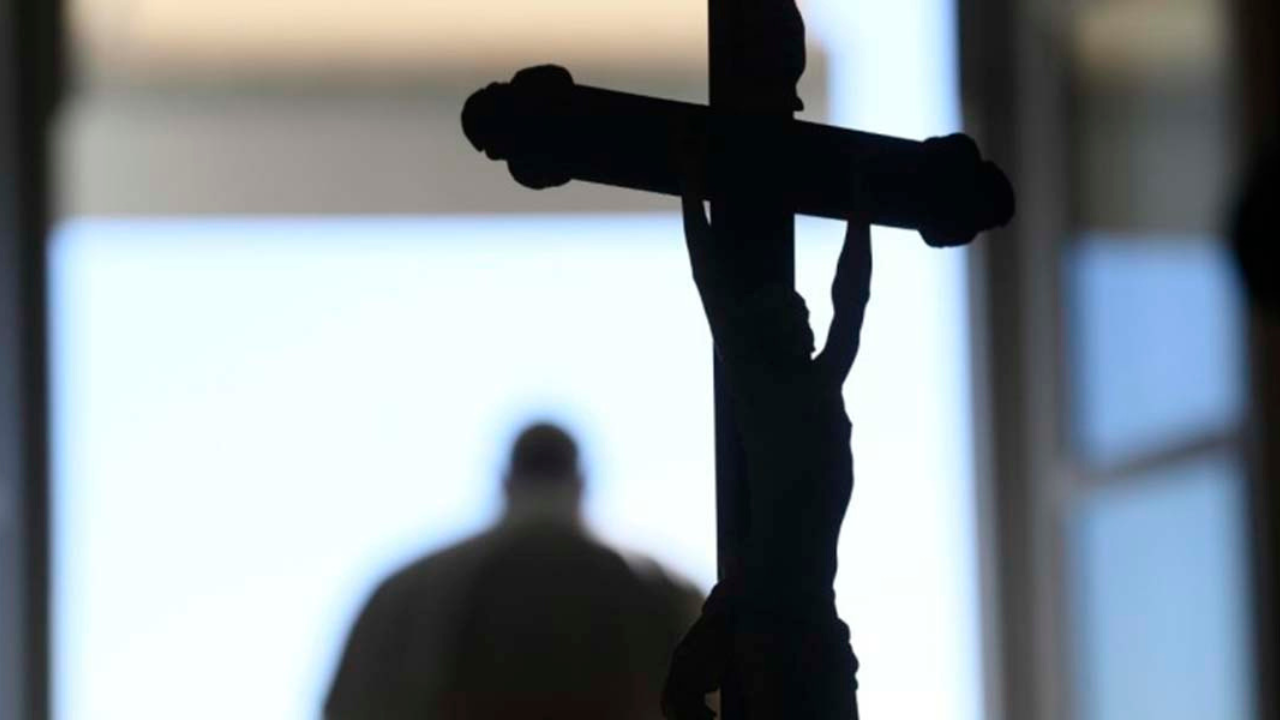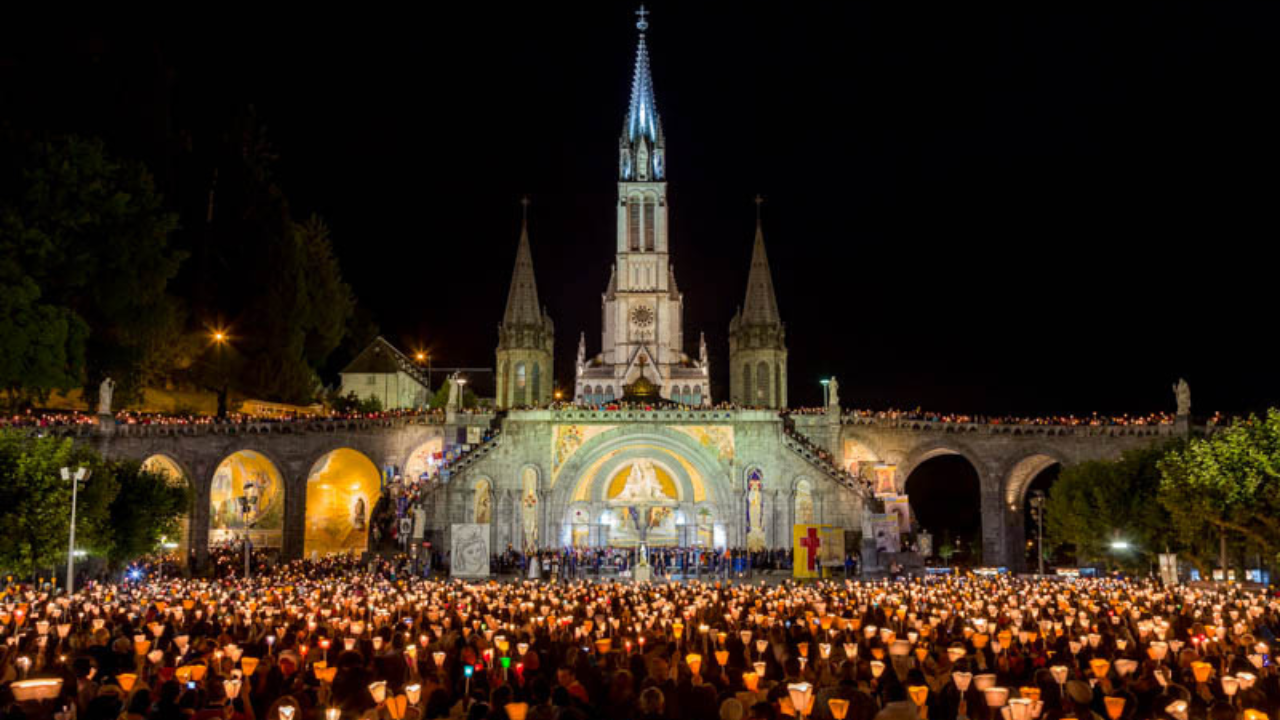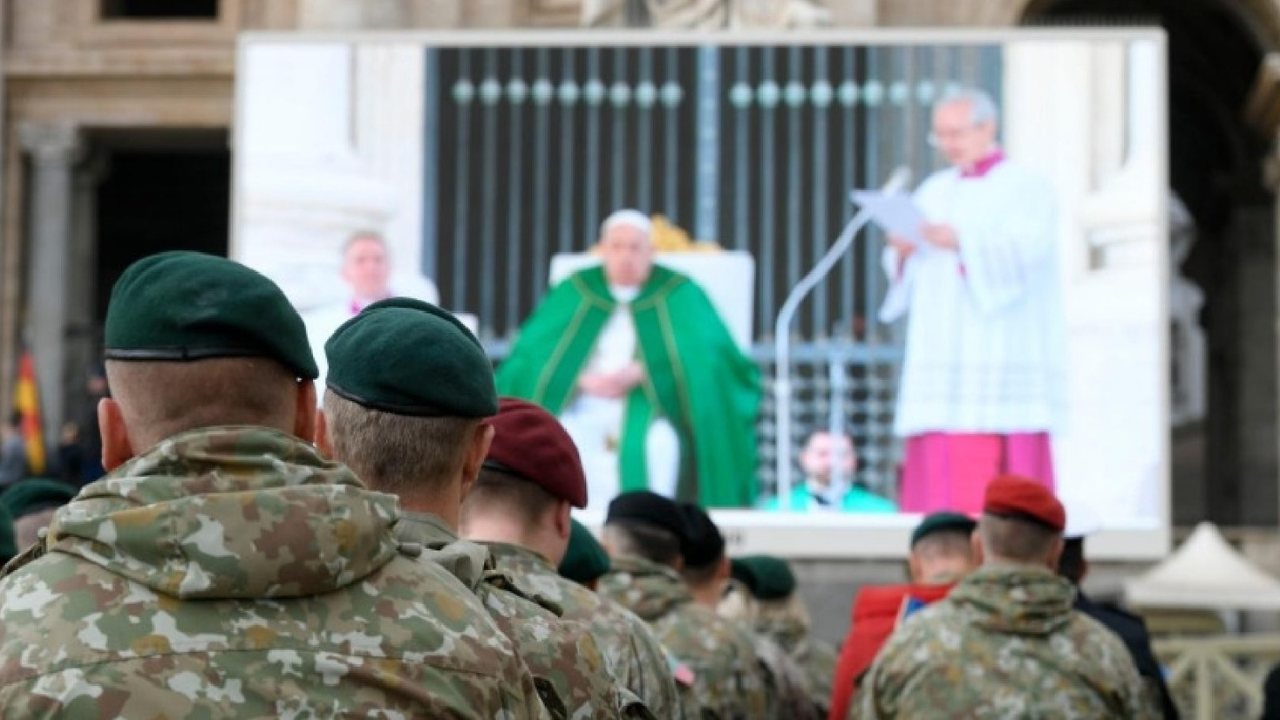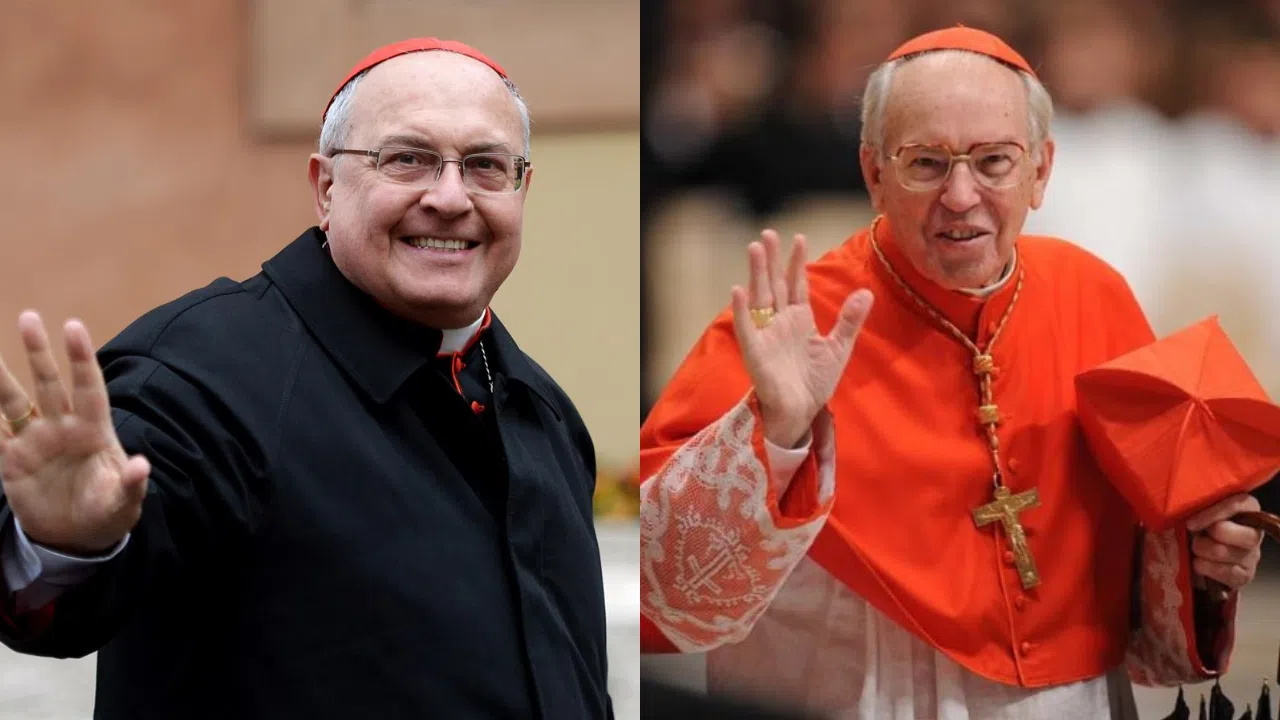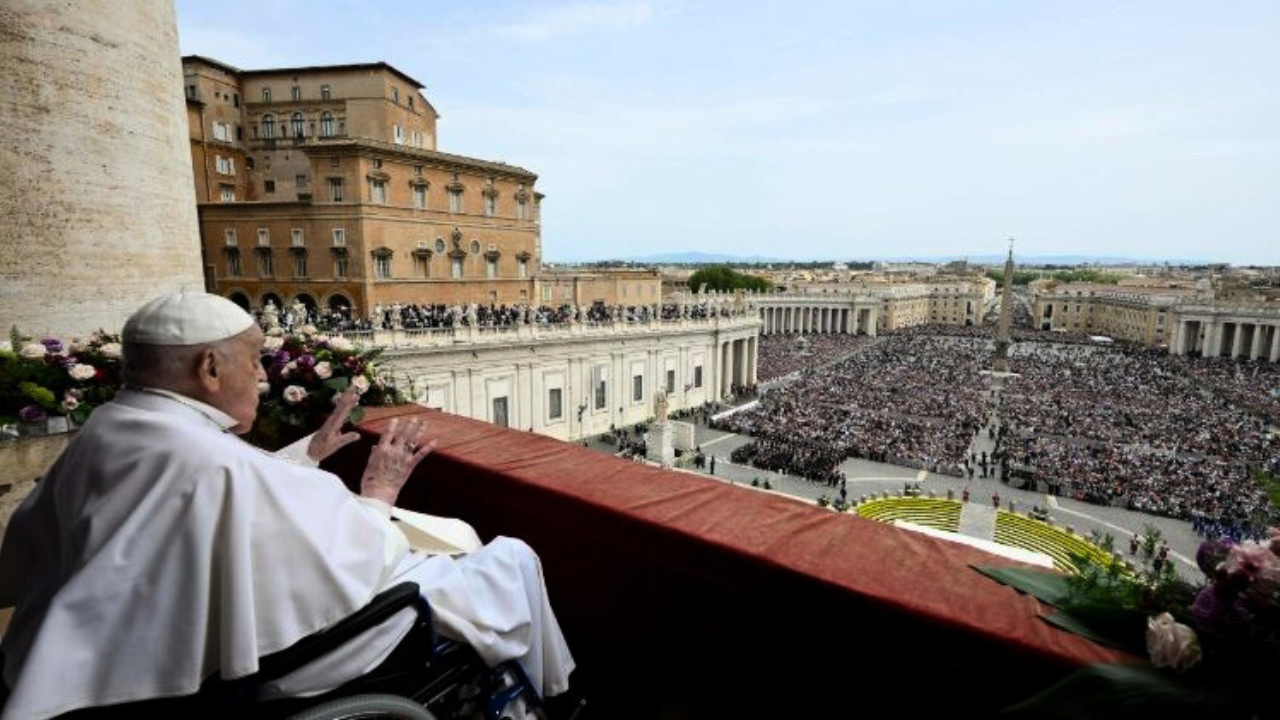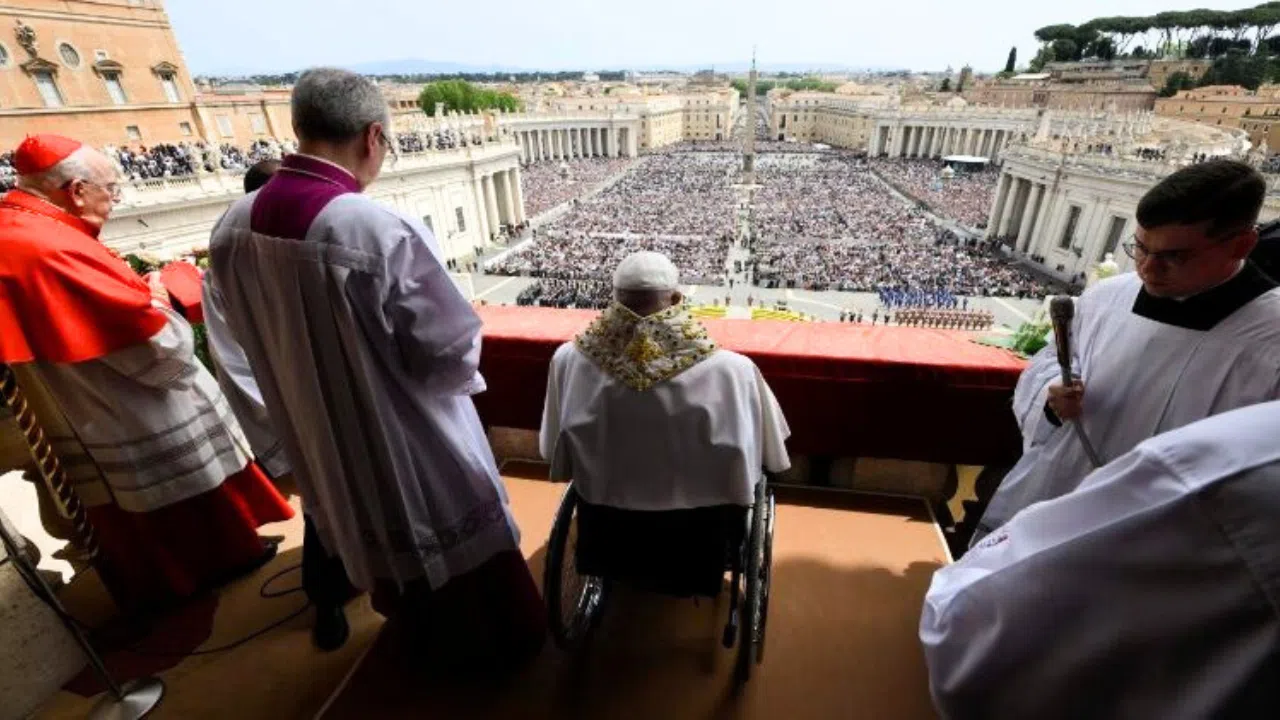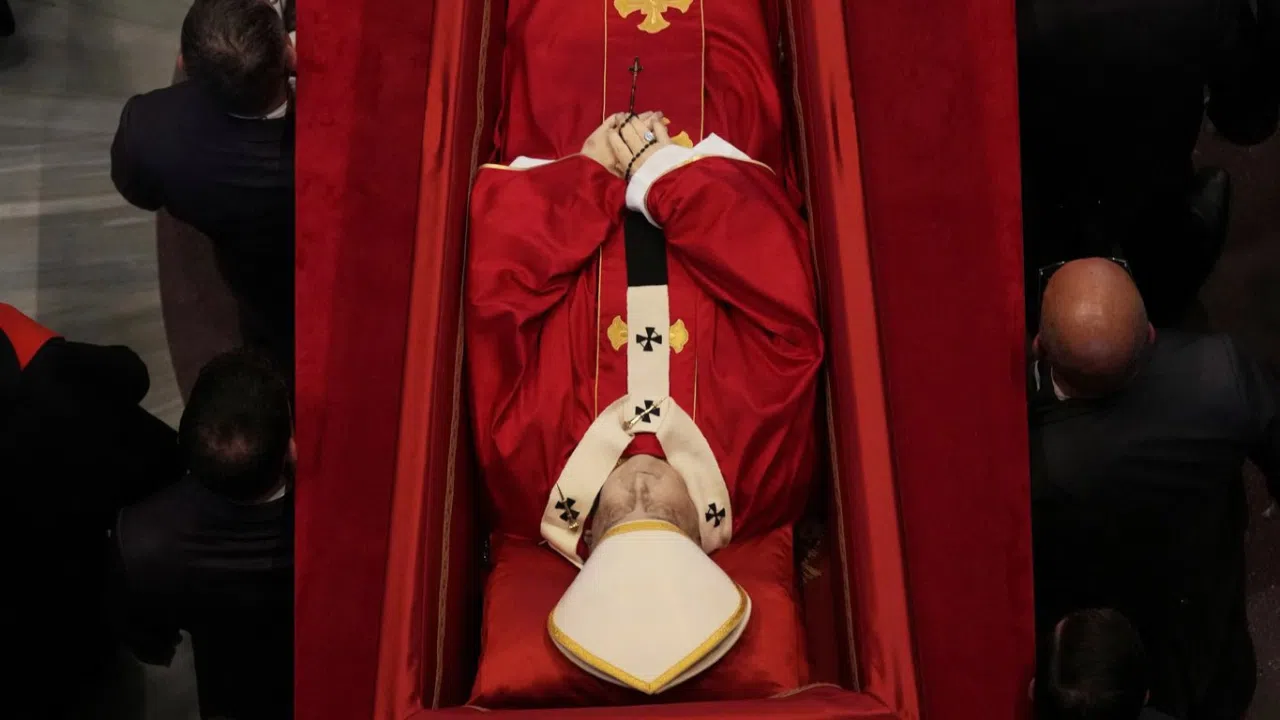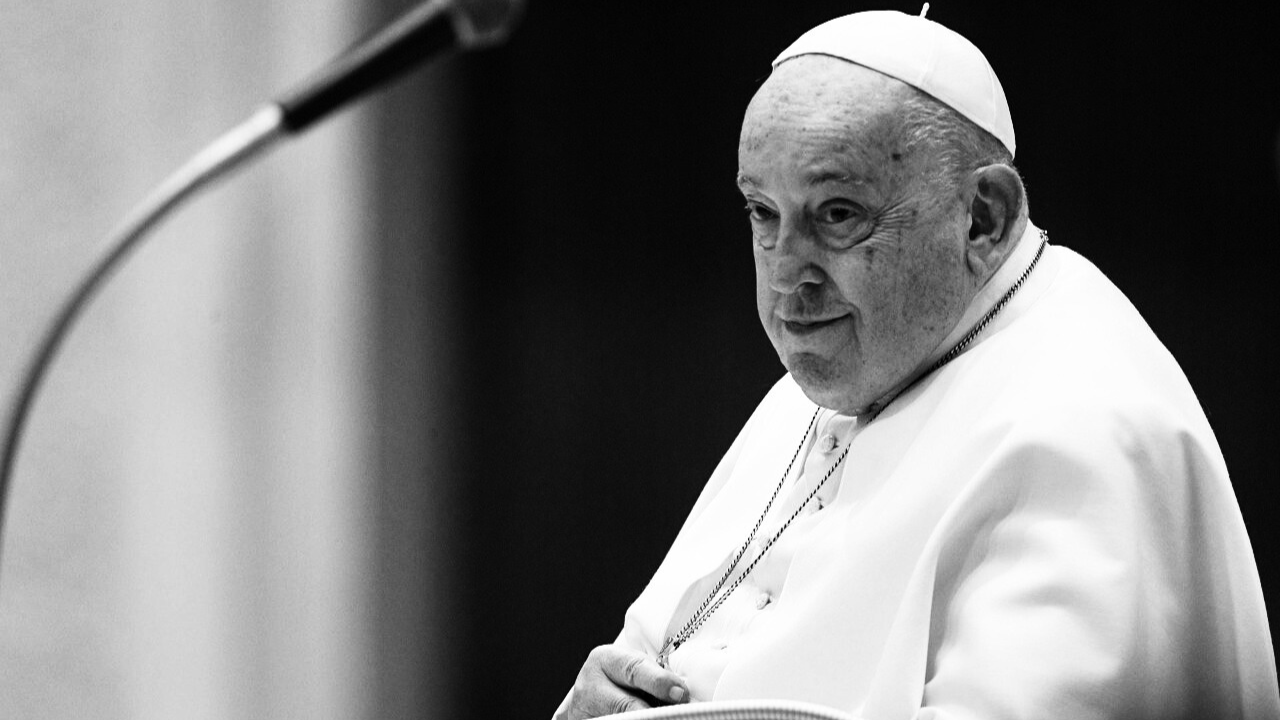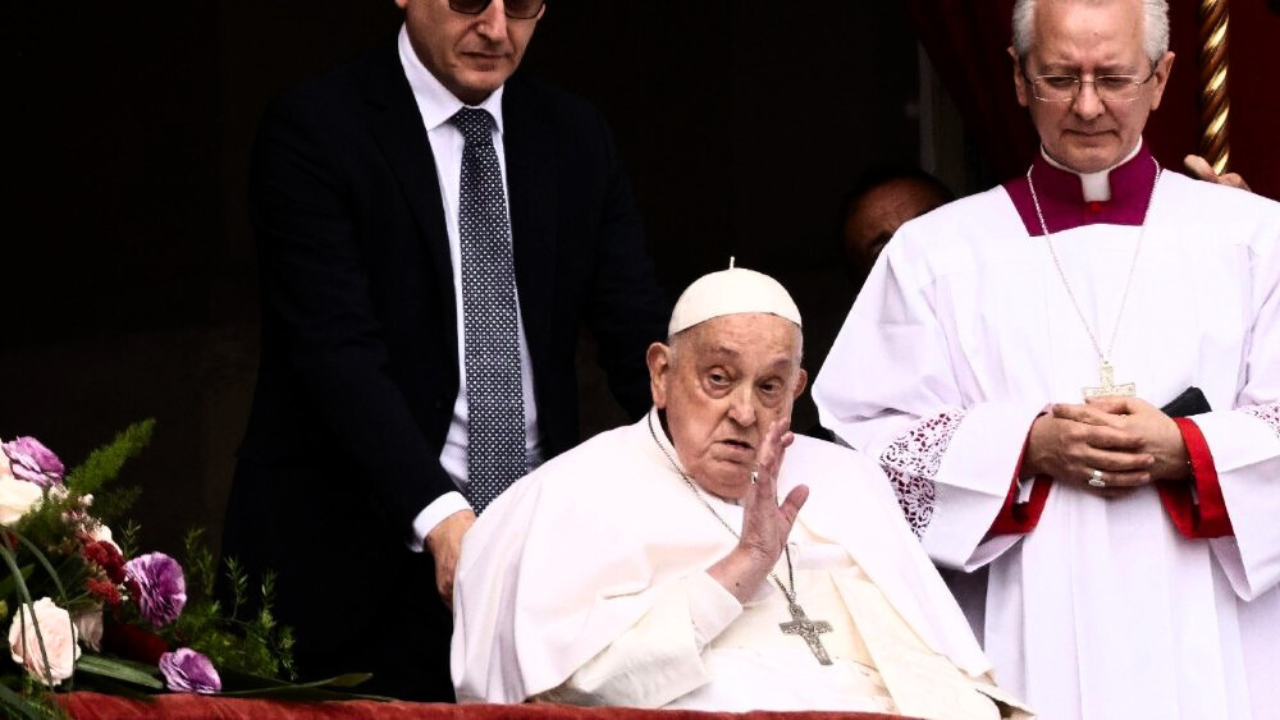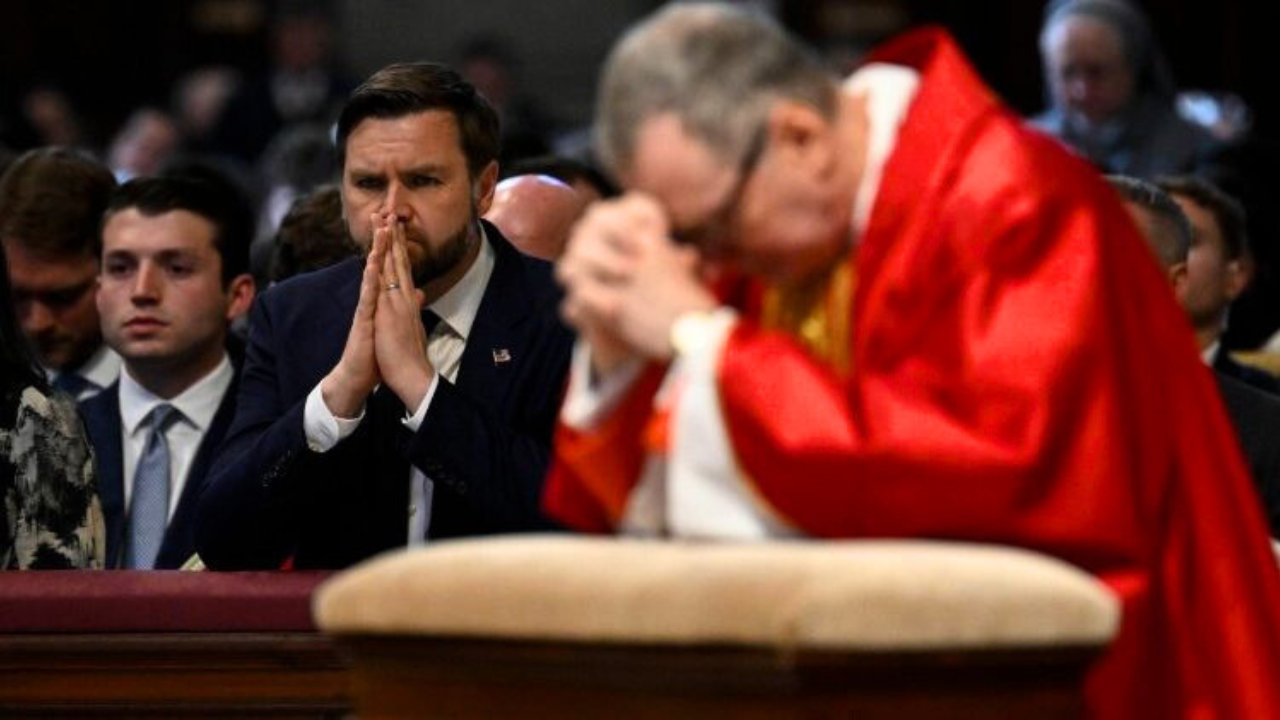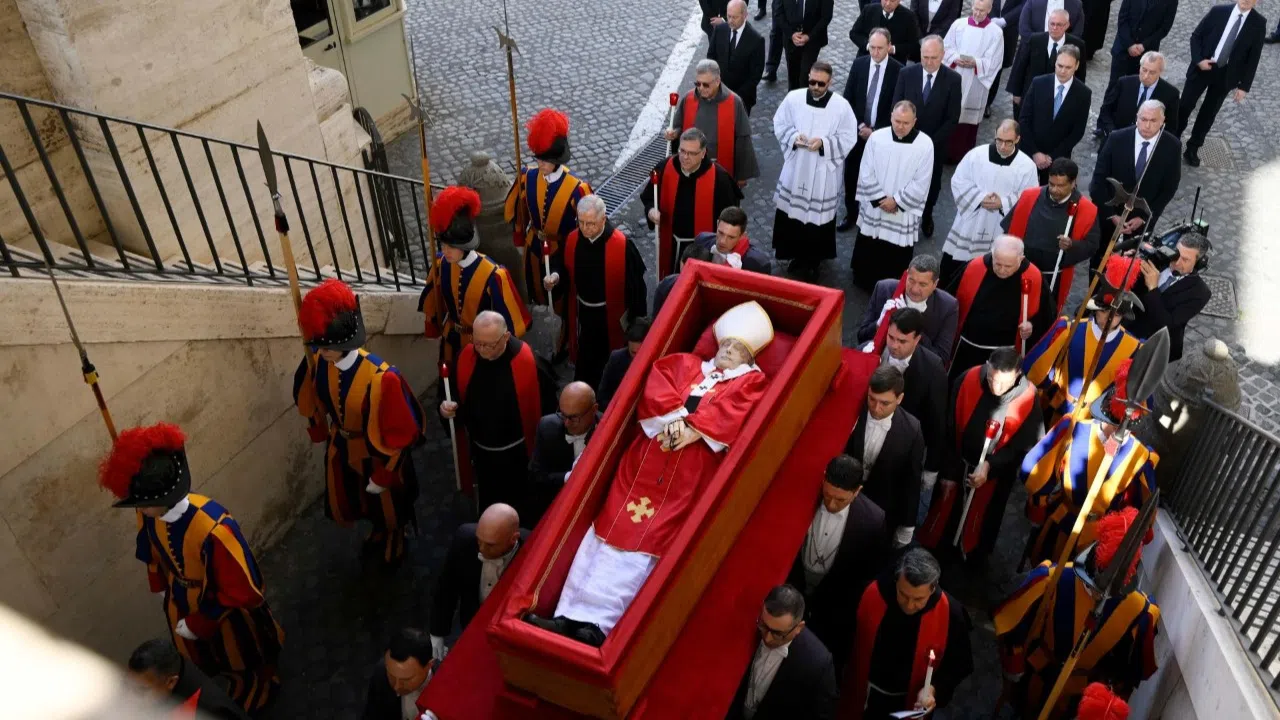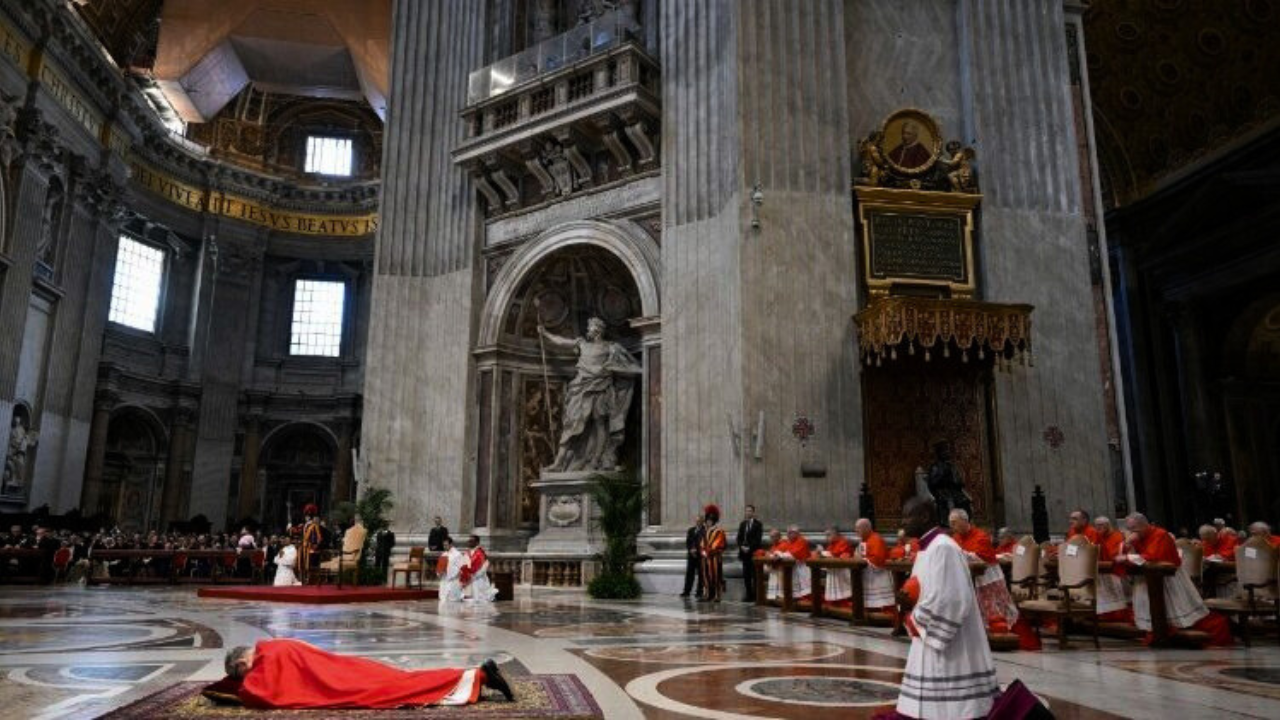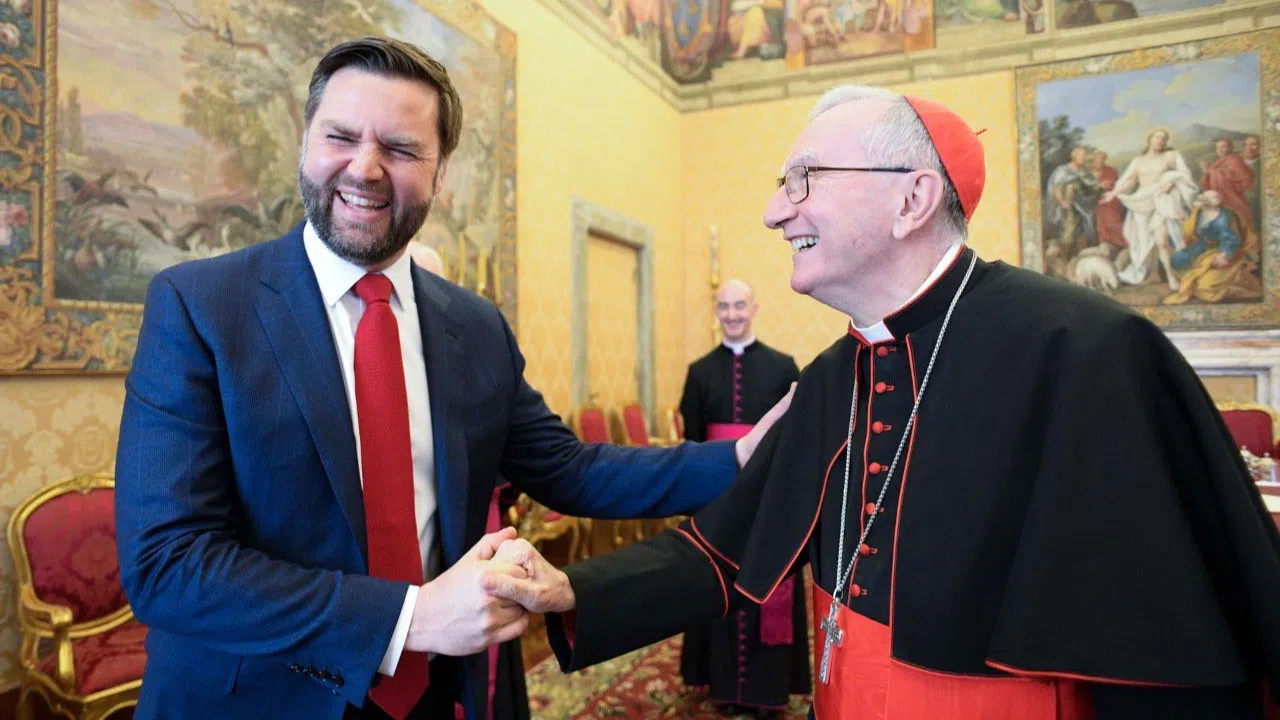You can watch the video at Rome Reports Premium:
-------
If these walls could speak, they would not only tell the difficult story of how they were decorated, but also of the various conclaves that took place within the space.
The Sistine Chapel is named after Pope Sixtus IV, who had it built in 1477. In 1505, his nephew, Giuliano di Medici, Pope Julius II, then asked Michelangelo to decorate the special room.
The result is this... one of humanity's greatest treasures. Yet, this beauty is not only the work of Michelangelo Buonarroti.
GUIDO CORNINI
Art expert
'Among others, Perugino, Boticelli, Signorelli, Ghirnaldaglio and Cosimo Roselli are all very important names in Italian Art History.
Michelangelo was the main designer of these frescoes, although curiously he did not consider himself a great painter. He instead wanted to be recognized for his expertise with marble. In fact, he was already very famous in Florence when he was called to Rome. Julius II wanted him to sculpt his grave which includes the famous sculpture of Moses at the front. However, this project frustrated Michelangelo, so he received another assignment.
GUIDO CORNINI
Art expert
'One of the things that made Michelangelo reluctant to accept this commission from Pope Julius II was the challenge of painting a fresco on such a large surface, because he was a sculptor, not a painter.'
The biggest challenge for Michelangelo was to paint the Creation. This concave surface of 13,000 square feet, required an enormous effort to appear like a flat surface for visitors below.
GUIDO CORNINI
Art expert
“Interestingly, Michelangelo did not follow a step-by-step process when painting the room. He instead began with the last story, Noah's ark, and went back in time to the Creation. The last painting done was of the separation of the Light from the Darkness that happened before God created the Universe.”
The artist faced another problem: he had to paint the image before it dried because otherwise he could not modify it. Therefore, he had to destroy the frescoes several times and restart them again.
After painting the famous Creation, he left Rome to only be called back 30 years later to paint the Last Judgment.
GUIDO CORNINI
Art expert
'He was called much later by Pope Paul III to paint the Last Judgment. The artist was already 60 years old and had a long history behind him.'
Pope Julius II wanted the whole world to see the great work he had commissioned to Michelangelo as soon as possible. Therefore, the final were tortuous for the painter.
GUIDO CORNINI
Art expert
'There was talk of a tense relationship between the pontiff and the artist... It is true that some literary and biographical testimonies from the time say Julius II was very impatient. He wanted to show the room to all of Rome, who was waiting to see it.'
The problems did not end there. Since the work was painted amidst the Lutheran Reformation, many saw some elements that did not fit with Catholicism. It was even considered 'vulgar' for showing naked bodies.
GUIDO CORNINI
Art expert
“Michelangelo, however, had another, theological meaning for the nudity. Being the last judgment, man's nudity is just as when he came into the world during Creation. It thus ties together the beginning of man, represented with the famous meeting of the hands. It is a humanity outside the dimension of sin, a humanity represented by what exists when one is with God.”
Yet, not everyone could see it that way. Pope Pius IV proposed the so-called “fig leaf campaign” and commissioned Daniele da Volterra to cover each of the naked parts in Michelangelo's work.
GUIDO CORNINI
Art expert
“The painter who was responsible for covering all these parts was called the 'muttandino' or 'braghettone', because he put the “underwear” on the people. The citizens of Rome did not stop to think about the meaning of this censorship and only saw a man who was responsible for covering the bare parts. That's why they gave the painter this nickname.”
With all the difficulties, obstacles and changes, Michelangelo managed to leave an everlasting testimony of his talent in one of the most fascinating places in the world, still seen today.
Ana Quiles/Ángeles Conde
Melissa Butz
